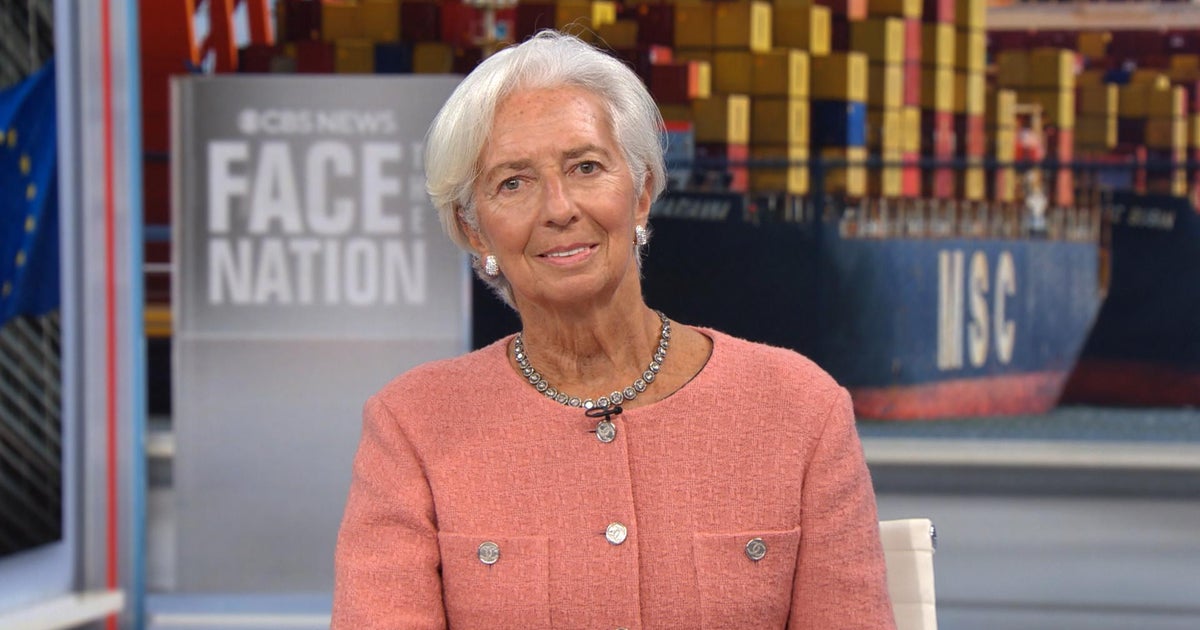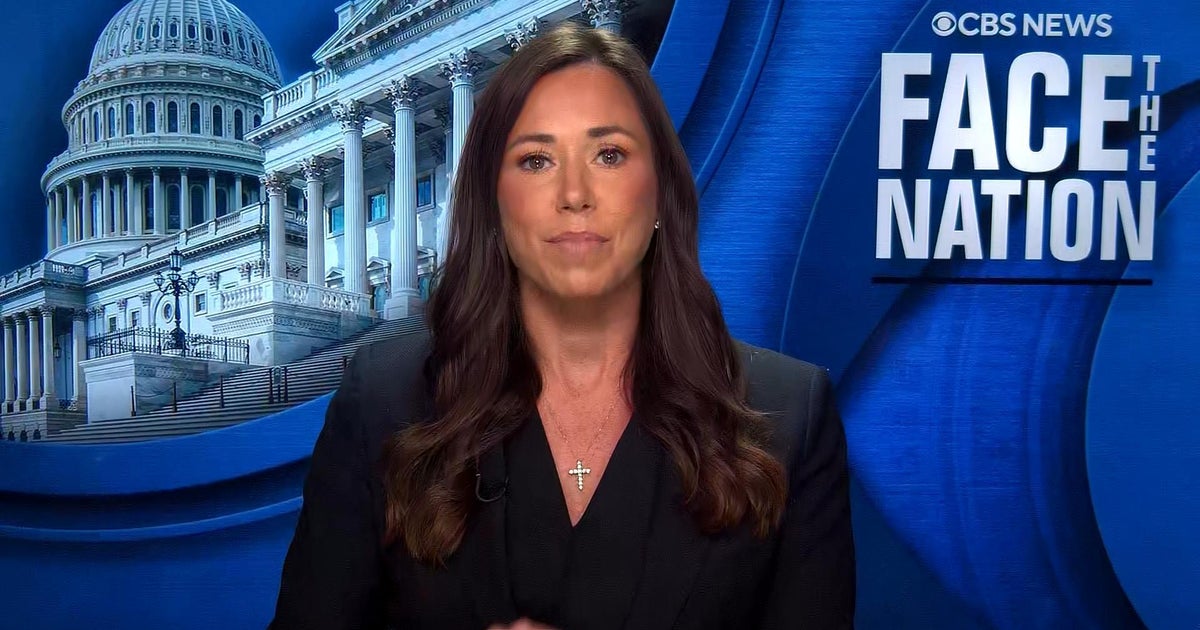Opinion
October 20, 2025 — 12.45am
October 20, 2025 — 12.45am
Our biggest banks are known for being very similar beasts that frequently move as a pack: it’s one reason they’re so often described as a collective, the Big Four.
Even so, it’s still striking just how alike the major banks have sounded lately when talking up their strategies for flogging home loans to the Australian public.
Last week, ANZ Bank chief executive Nuno Matos became the last major bank boss to indicate his bank wants to wrestle back some of the market share that has been taken by mortgage brokers, laying out plans to write more loans through its own “proprietary” channels.

The big four have all announced plans to have their own bankers, as opposed to mortgage brokers, write more home loans.Credit: Ryan Stuart
That’s bank-speak for having ANZ bankers arrange the loans, or having customers apply for mortgages directly through the bank’s website or app, instead of via mortgage brokers.
Matos, who is making clear he wants to push through sweeping changes at ANZ, vowed to bulk up the bank’s mortgage sales force, increasing the number of lenders in ANZ branches by 50 per cent, as part of a wider plan to boost profits.
Loading
Other newish bank bosses at National Australia Bank and Westpac have flagged similar plans, while CBA has long written a higher share of loans through its own bankers. Despite all the recent job-shedding in banking, one area appears to be avoiding the axe: bankers who can help their employers write more mortgages.
Now, hiring more bankers to sell more loans may not sound like an earth-shattering strategy. But this contest between banks and mortgage brokers is a critical battleground in the banking industry, which is being watched closely by investors.
So, why are banks all banging on about writing more loans through their own staff, instead of brokers? And what could this mean for how customers take out mortgages in the future, and where to get the best deals?
Mortgage brokers have enjoyed a phenomenal rise since the 1990s and now dominate how most Australians borrow money for buying property. About 75 per cent of new mortgage lending happens through brokers today, up from 56 per cent in 2019.
Loading
Given brokers are this prevalent, the banks have no option but to deal closely with them, but from the perspective of big four bank investors, it comes at the cost of profits. That’s because banks pay brokers up-front and ongoing commission for every loan they arrange, which makes these loans less profitable than those written by a bank employee.
Banks largely have themselves to blame for the situation. By closing branches and using brokers, banks effectively outsourced their sales and allowed another party, the brokers, to get closer to their customers. In finance jargon, the banks allowed themselves to be “disintermediated” while the product they are selling became “commoditised”.
This is one reason why the banks’ retail banking divisions, which once delivered rivers of gold, have in most cases been making less money lately.
Importantly, customers don’t see this as a problem. The majority of people seem to prefer dealing with a broker who is not aligned to a particular bank, and who can give them a range of home loan options. By bringing more transparency to the mortgage market, brokers have helped to boost competition, which is good news for consumers.
There’s also one large bank that’s taking a very different approach to its peers, and that’s Macquarie. The “Millionaires’ factory” relies almost entirely on mortgage brokers to write its loans, as it doesn’t have branches. This strategy, alongside technology that allows Macquarie to give customers a speedy decision on approving the loan, has delivered Macquarie rapid growth.
Morningstar’s Nathan Zaia says Macquarie has grown 4.4 times faster than the market in the past quarter, and if it keeps this growth up, its mortgage book will almost double in five years.
But among the big four lenders, there is now a clear attempt to push back against the rising tide of brokers. So, will banks succeed in trying to convince more people to take out a loan directly, rather than through a broker?
Commonwealth Bank has had success on this front, and it looks as though its rivals are trying to copy its strategy (which is understandable, given CBA’s massive retail banking unit is seen as a money-making machine). CBA’s latest results showed it kept the share of proprietary loans steady at 54 per cent, which is a much higher share than its rivals.

CBA has had success in its push for more proprietary lending, and others appear to have copied it.Credit: Oscar Colman
But bank-watchers think turning back the rising tide of broker-arranged loans will be tough for Westpac, NAB and ANZ.
Westpac’s latest trading update showed 46 per cent of loans were written by its own staff, down from 48.7 per cent a year ago. NAB’s Andrew Irvine said it had made “good progress” in its proprietary lending. Bank of Queensland last week also said there was “momentum” in its proprietary channels.
What does the contest between banks and mortgage brokers mean for customers?
To convince people to shift away from brokers, banks will need to give borrowers a reason to do it, and price is the obvious one. But it’s hard to see banks deliberately starting a price war to win back business from mortgage brokers because that risks undermining their ultimate goal of lifting profits.
One area where banks may hold a powerful weapon in their contest with brokers, however, is digital loans - where customers fill out all the paperwork themselves and lodge it online, where it can be approved largely automatically.
Digital home loans are like a holy grail of the banking world: they’ve been promised for years, but they have so far failed to really take off. In theory, the much-hyped digital home loans should be appealing to price-conscious customers because the fact they are largely automated means they are cheaper for banks to provide and they can be priced at lower interest rates.
So far, however, they’re generally more suited to lending money to people with pretty straightforward financial circumstances, such as to full-time wage earners rather than people who are self-employed, for example. More fundamentally, there’s a question mark over just how many people are prepared to take out a home loan, the biggest financial commitment many of us make, without talking to a human being first.
Perhaps one day, digital home loans will live up to the hype and give banks the upper hand in their contest with brokers. Meanwhile, don’t be surprised if you see more bank staff, including those in the dwindling number of branches, trying to sell you a mortgage.
Ross Gittins is on leave.
Most Viewed in Business
Loading
















































